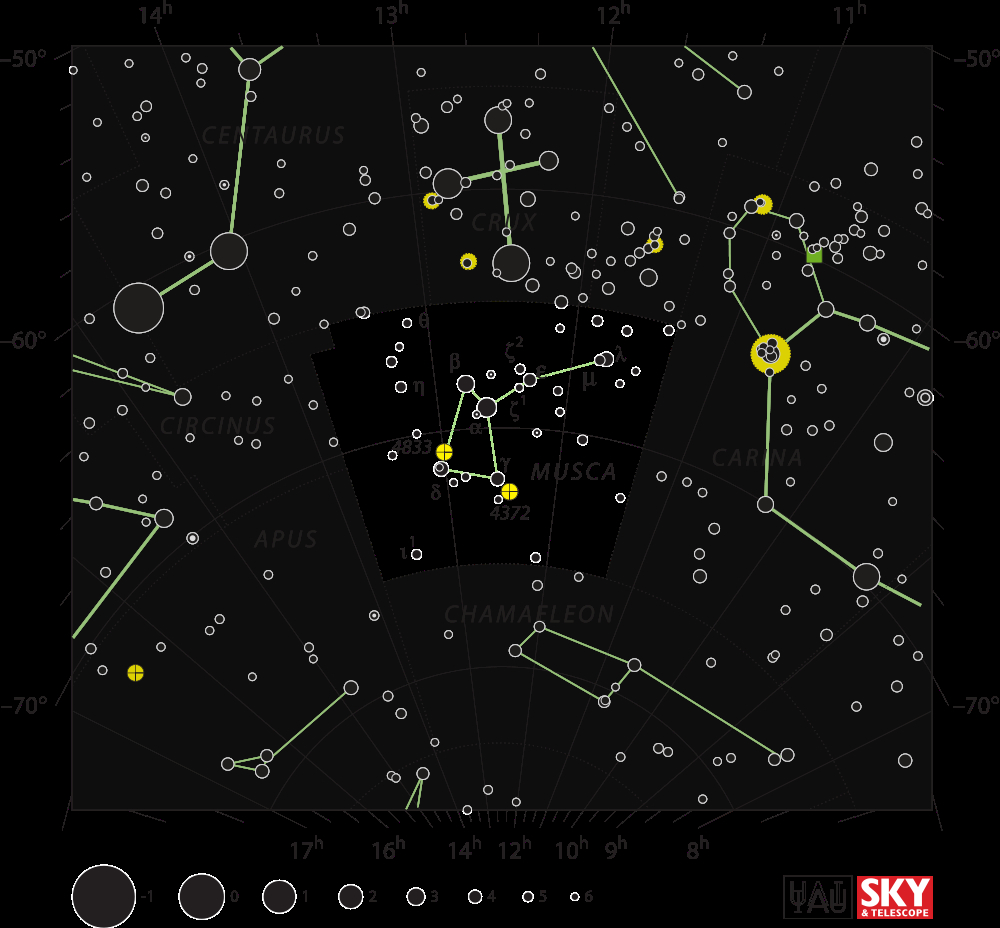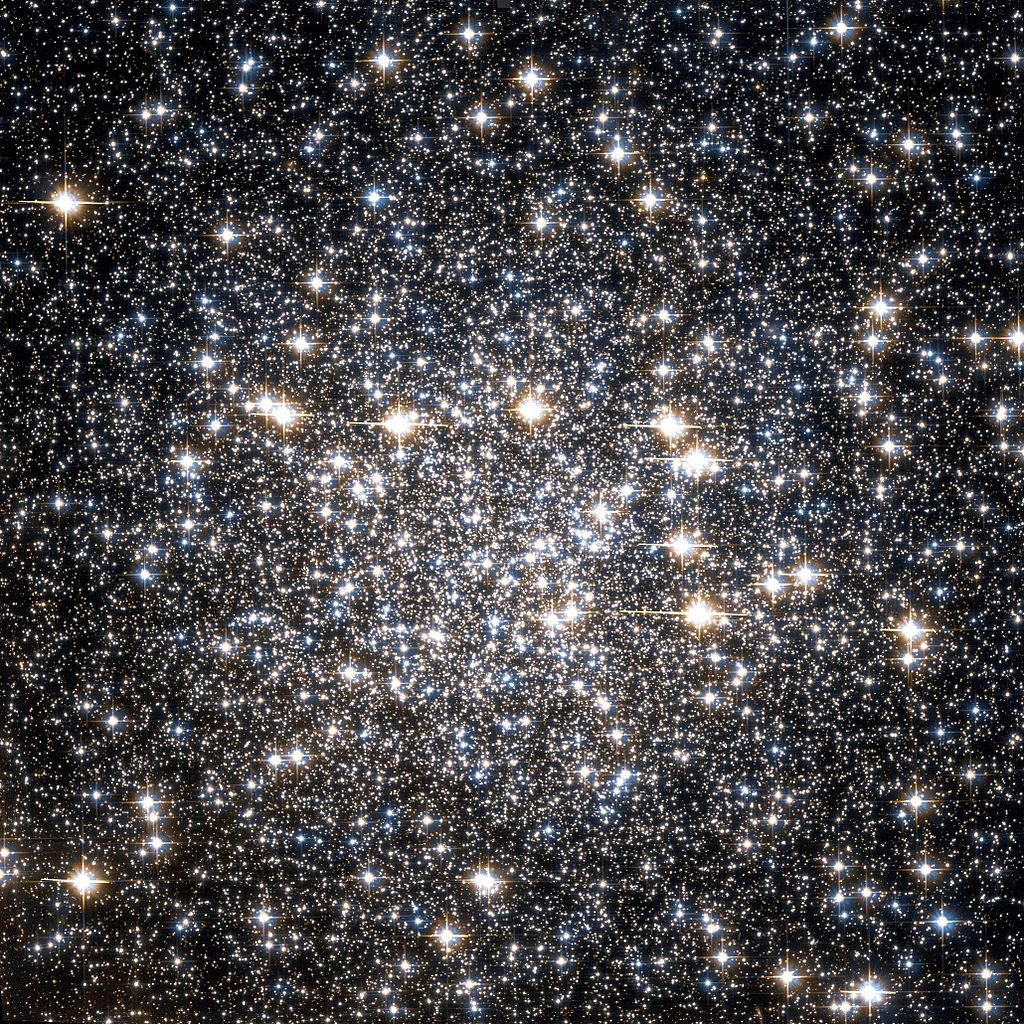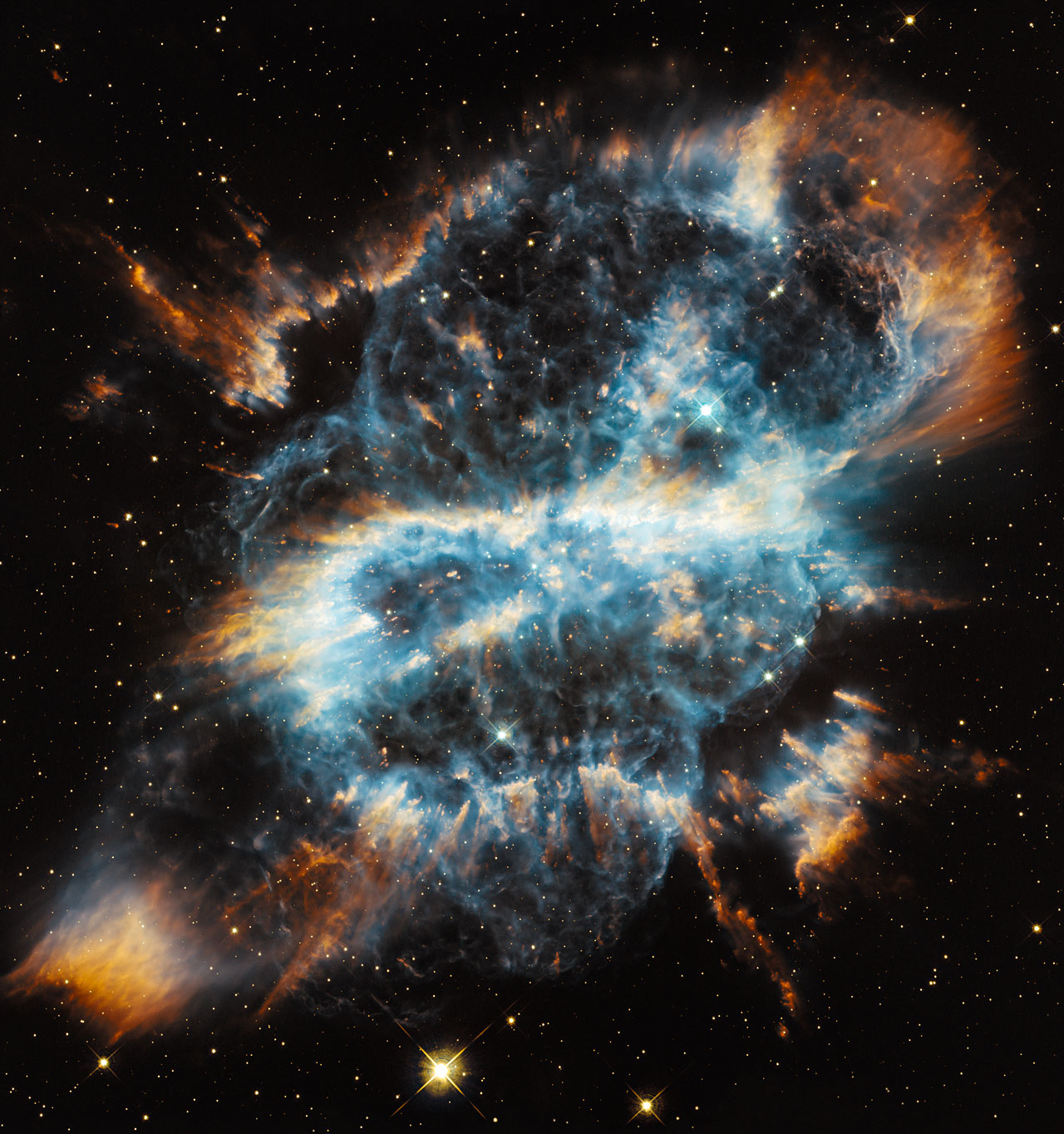
By IAU and Sky & Telescope magazine (Roger Sinnott & Rick Fienberg) [CC-BY-3.0], via Wikimedia Commons
"The Fly"

By IAU and Sky & Telescope magazine (Roger Sinnott & Rick Fienberg) [CC-BY-3.0], via Wikimedia Commons
Abbreviation: Mus
Genitive: Muscae
Constellation family: Bayer Group
Nearest constellations: Apus, Carina, Centaurus,
Chamaeleon, Circinus, and Crux
Right ascension: 12.46h
Declination: -70.34°
Visible between latitudes: +10° and -90°
Square degrees: 138
Luminary: Alpha Muscae
Notable deep sky objects: Nova Muscae 1991, NGC 4833, NGC 5189 (the Spiral Planetary Nebula), the Engraved Hourglass Nebula
Musca is a small constellation in the Southern Hemisphere. It is best seen in May.
Musca was first introduced by Johann Bayer in 1603 when he published his star atlas Uranometria. It was formerly referred to as Musca Australis vel Indica or the "Southern or Indian Fly" to differentiate it from a now-obsolete constellation called the Northern Fly, or Musca Borealis.
There is no mythology associated with this constellation.
NGC 4833 (globular cluster):

By NASA, STScI, WikiSky (WikiSky's snapshot tool) [Public domain], via Wikimedia Commons
NGC 5189 (the Spiral Planetary Nebula):

By NASA, ESA, and the Hubble Heritage Team (STScI/AURA) [CC-BY-3.0], via ESA/Hubble
MyCn 18 (the Engraved Hourglass Nebula):

By Raghvendra Sahai and John Trauger (JPL), the WFPC2 science team, and NASA/ESA [CC-BY-3.0], via ESA/Hubble